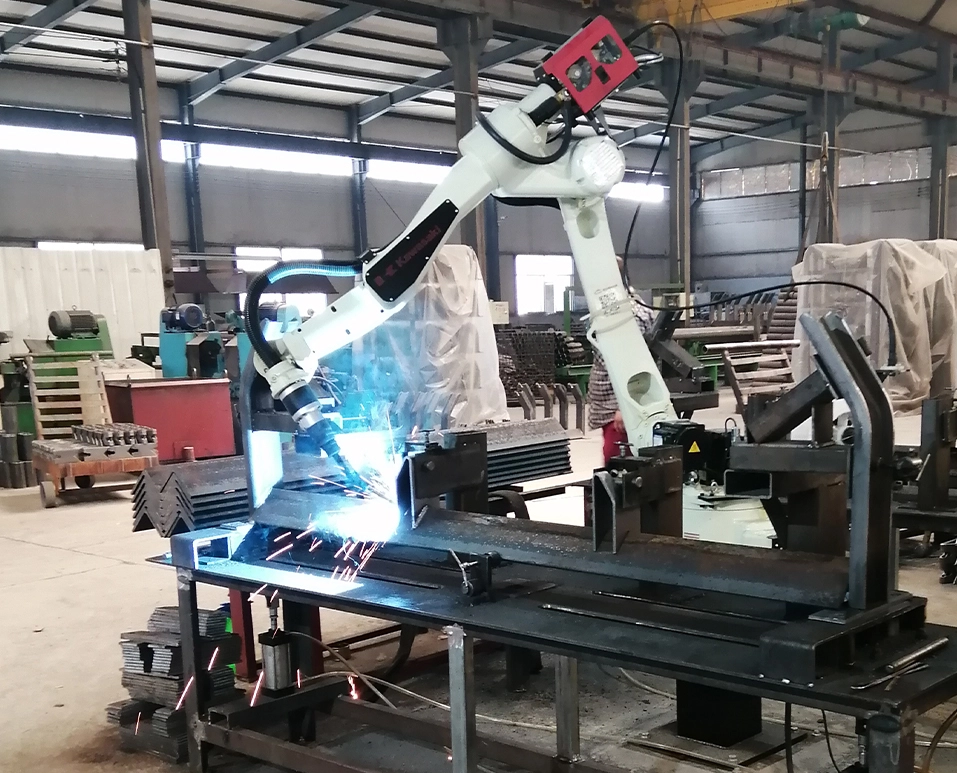 Afrikaans
Afrikaans  Albanian
Albanian  Amharic
Amharic  Arabic
Arabic  Armenian
Armenian  Azerbaijani
Azerbaijani  Basque
Basque  Belarusian
Belarusian  Bengali
Bengali  Bosnian
Bosnian  Bulgarian
Bulgarian  Catalan
Catalan  Cebuano
Cebuano  Corsican
Corsican  Croatian
Croatian  Czech
Czech  Danish
Danish  Dutch
Dutch  English
English  Esperanto
Esperanto  Estonian
Estonian  Finnish
Finnish  French
French  Frisian
Frisian  Galician
Galician  Georgian
Georgian  German
German  Greek
Greek  Gujarati
Gujarati  Haitian Creole
Haitian Creole  hausa
hausa  hawaiian
hawaiian  Hebrew
Hebrew  Hindi
Hindi  Miao
Miao  Hungarian
Hungarian  Icelandic
Icelandic  igbo
igbo  Indonesian
Indonesian  irish
irish  Italian
Italian  Japanese
Japanese  Javanese
Javanese  Kannada
Kannada  kazakh
kazakh  Khmer
Khmer  Rwandese
Rwandese  Korean
Korean  Kurdish
Kurdish  Kyrgyz
Kyrgyz  Lao
Lao  Latin
Latin  Latvian
Latvian  Lithuanian
Lithuanian  Luxembourgish
Luxembourgish  Macedonian
Macedonian  Malgashi
Malgashi  Malay
Malay  Malayalam
Malayalam  Maltese
Maltese  Maori
Maori  Marathi
Marathi  Mongolian
Mongolian  Myanmar
Myanmar  Nepali
Nepali  Norwegian
Norwegian  Norwegian
Norwegian  Occitan
Occitan  Pashto
Pashto  Persian
Persian  Polish
Polish  Portuguese
Portuguese  Punjabi
Punjabi  Romanian
Romanian  Russian
Russian  Samoan
Samoan  Scottish Gaelic
Scottish Gaelic  Serbian
Serbian  Sesotho
Sesotho  Shona
Shona  Sindhi
Sindhi  Sinhala
Sinhala  Slovak
Slovak  Slovenian
Slovenian  Somali
Somali  Spanish
Spanish  Sundanese
Sundanese  Swahili
Swahili  Swedish
Swedish  Tagalog
Tagalog  Tajik
Tajik  Tamil
Tamil  Tatar
Tatar  Telugu
Telugu  Thai
Thai  Turkish
Turkish  Turkmen
Turkmen  Ukrainian
Ukrainian  Urdu
Urdu  Uighur
Uighur  Uzbek
Uzbek  Vietnamese
Vietnamese  Welsh
Welsh  Bantu
Bantu  Yiddish
Yiddish  Yoruba
Yoruba  Zulu
Zulu lagging rubber
The Significance of Lagging Rubber in Various Industries
Lagging rubber, a specialized type of rubber used for covering and protecting surfaces, has emerged as an essential material across multiple industries. This versatile product is known for its durability and resistance to wear and tear, making it a critical component in applications ranging from mining and construction to manufacturing and transport.
One of the primary functions of lagging rubber is to provide a protective layer for machinery and equipment. In industries such as construction and mining, heavy machinery is frequently subjected to harsh environments. Stones, debris, and other abrasive materials can cause significant damage to equipment, leading to costly repairs and downtime. By using lagging rubber, operators can protect the machinery's components, ensuring a longer lifespan and enhanced performance while minimizing maintenance costs.
In addition to protecting machinery, lagging rubber also plays a vital role in enhancing safety. For instance, in conveyor systems, lagging rubber is often applied to pulleys to increase friction, preventing slippage and ensuring that materials are moved efficiently. This not only enhances operational efficiency but also reduces the risk of accidents caused by materials falling or equipment failing. In settings where safety is paramount, such as factories or construction sites, the presence of reliable lagging rubber can be a crucial factor in maintaining a secure work environment.
lagging rubber

Moreover, lagging rubber can be tailored to meet specific needs. Manufacturers often offer various grades and types of lagging rubber, allowing for customized solutions based on the unique requirements of different industries. For example, certain types of lagging rubber are formulated to withstand extreme temperatures or resist chemicals, making them ideal for use in chemical plants or foundries. This adaptability plays a significant role in ensuring that businesses can find suitable solutions regardless of their operational challenges.
The environmental impact of lagging rubber should also be noted. Many rubber manufacturers are working towards producing more sustainable products, using recycled materials or adopting eco-friendly manufacturing processes. As industries become more aware of their environmental footprint, the demand for sustainable alternatives to traditional lagging rubber is likely to grow. This shift could lead to innovations in material science, resulting in improved products that further benefit both the industry and the environment.
From a financial perspective, investing in high-quality lagging rubber can yield substantial cost savings over time. While there may be an initial investment involved in acquiring top-grade materials, the reduction in maintenance costs and the extension of equipment life often justify the expenditure. Companies that prioritize quality, therefore, can create a more resilient and efficient operational framework.
In conclusion, lagging rubber is a critical component across various industries due to its protective qualities, safety enhancements, adaptability, and potential for sustainable practices. As industries continue to evolve and face new challenges, the importance of lagging rubber is only set to grow. Whether in minimizing downtime, enhancing safety, or contributing to environmentally friendly practices, this remarkable material proves its worth time and time again. Businesses that recognize and harness the benefits of lagging rubber stand to gain a competitive edge in today's fast-paced and ever-changing market.
-
Revolutionizing Conveyor Reliability with Advanced Rubber Lagging PulleysNewsJul.22,2025
-
Powering Precision and Durability with Expert Manufacturers of Conveyor ComponentsNewsJul.22,2025
-
Optimizing Conveyor Systems with Advanced Conveyor AccessoriesNewsJul.22,2025
-
Maximize Conveyor Efficiency with Quality Conveyor Idler PulleysNewsJul.22,2025
-
Future-Proof Your Conveyor System with High-Performance Polyurethane RollerNewsJul.22,2025
-
Driving Efficiency Forward with Quality Idlers and RollersNewsJul.22,2025





























